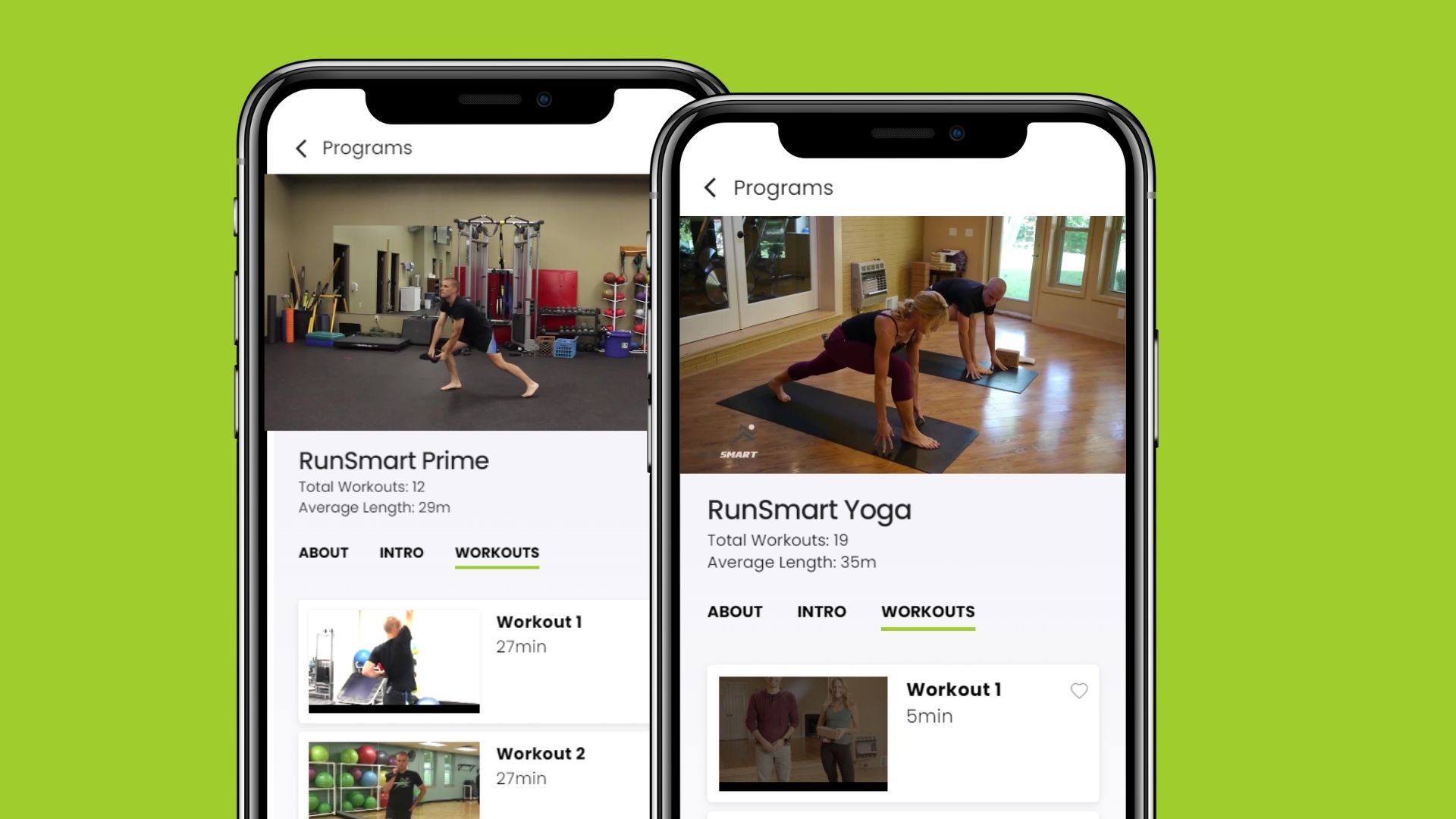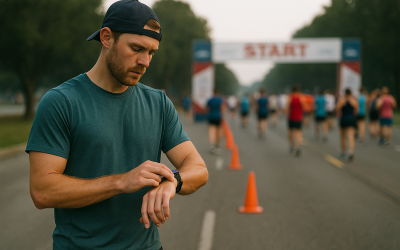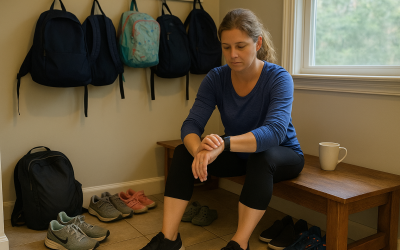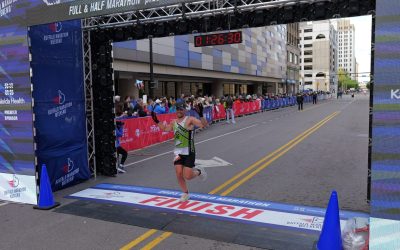If you’re a runner fighting imbalances, you’ll want to read this.
As a Physical Therapist, I find a lot of runners develop imbalances that slow them down and increase their risk of injury.
The good news is that imbalances are easy to fix with the right exercises.
Watch the video to learn more:
Identifying Imbalances
The first step to fixing imbalances is to identify them.
Identifying imbalances is often as simple as doing some exercise. Notice which side gets tired faster or feels more off balance and focus your attention on that side.
Injury resulting from imbalances can occur on either your stronger or your weaker side.
A simple example:
Imagine if you’re trying to run an 8-minute mile, but your weaker side is only strong enough for a 9-minute mile. Your stronger side will need to work harder, resulting in breakdown from overuse.
The weaker side can break down also if it can’t keep up with the pace.
How to Correct Imbalances
Most runners will miss the mark when it comes to fixing imbalances.
Exercises like clamshells, leg lifts, and hamstring curls just don’t work.
Instead, it’s important to practice runner-specific exercises – particularly standing on one foot.
By standing on one foot, you can isolate problems and actually feel the difference between your right and left sides.
Main Takeaway
Correcting imbalances is key if you want to run injury-free in 2022.
By doing one-legged exercises, you can easily build strength on your weaker side to avoid injury.
At RunSmart, many of our strength workouts include one-legged exercises designed to fix imbalances.
If you want to run your best all year, check out RunSmart!
Tired of Running Injuries?
Want to get back to running & training consistently?
Download the RunSmart Protocol — a 5-step program to stop, fix, and prevent injuries.
Here’s what you’ll learn:
- Minor ache or injury? Learn how to identify injuries BEFORE they start
- Step-by-step process to take you from injury back to running & training
- Why taking time off doesn’t work (and what to do instead)
- The truth about using heat vs ice to help the healing process
- How to test your injury BEFORE running again to avoid reinjury
- When to ignore symptoms and when you pull back
- A 0-5 symptom scale to avoid setbacks




